33 F. high in St. Cloud Thursday.
22 F. average high on January 29.
30 F. high on January 29, 2014.
Trace of snow on the ground at St. Cloud.
January 29, 1994: Duluth has a record low of -35.
January 29, 1893: Blizzard hits the state with temperatures falling 40 degrees in five hours at Park Rapids.
Half a Winter?
My
future in-laws live in Newton, Massachusetts, just west of Boston. They
sent me a nice photo of the 21 inches of new snow in their yard. In one
blizzard the Boston area picked up more snow than the Twin Cities has
seen all winter. I don't know whether to be jealous or grateful. Or
baffled.
A few months ago some meteorologists were beating the
Polar Vortex gong, convinced this winter would rival last year's polar
pain. It isn't quite work out that way.
Based on heating degree
days we've used 2 percent less energy to heat our homes this winter.
Last year was 7 percent colder. So far 13 subzero nights, compared with
29 nights of negative fun as of January 30, 2014.
20.4 inches of snow at MSP is 13 inches less than average, to date. A TRACE on the ground? Bizarre for late January.
Models
show a parade of clippers the next 2 weeks, any big storms (with names)
snubbing Minnesota, sailing off to our south. Old Man Winter
administers a light spanking next week; a couple of nights dipping below
zero. But not as cold as the first 10 days of January. And a thaw
returns by late next week.
Six more weeks of winter seems like a
pretty sure bet at this northerly latitude, but I'm banking on an early
spring this year. Nothing like the past 2 springs with snow in May.
Place your bets.
Don't Get Too Comfortable.
Yes, our recent spree of 30s and 40s has been welcome (by many, not
all). Last week felt more like March than January, more brown than
white. Snow lovers are not amused. A particularly beefy clipper arrives
next Tuesday (ECMWF) and could give us a few inches of powder before
much colder air arrives; as many as 3 subzero nights the end of next
week before thawing out around Saturday, February 7.
2 Week Temperature Trend.
GFS and GEFS ensemble data shows a brief subzero stretch the end of
next week, followed by a fairly rapid rebound with highs rising above
freezing by February 8-10. No evidence of polar air stalling overhead,
or nearby, into mid-February. Source: Aeris Weather.
The Gathering Storm.
Could air pollution in Asia be strengthening storms thousands of miles
downwind over the USA? Here's an excerpt of an eye-opening story at
onEarth: "
Increasingly
intense storms in the United States might have an unexpected origin:
Asian air pollution. Researchers from NASA’s Jet Propulsion Laboratory have found
that aerosols from across the Pacific strengthen extratropical
cyclones—a type of storm system that drives much of our country's
weather. Asia is home to the world's 20 most polluted cities, but that dirty air doesn’t stay put, as the above animation of aerosol emissions shows..."
What Happened To The Blizzard of 2015? Wait, there was a blizzard? I had no idea. Greg Laden has an interesting post at
scienceblogs.com; here's an excerpt: "...
More
importantly, the forecast was for a huge blizzard with up to three feet
of snow across a blob shaped region of the Northeast approximately 475
miles along its longest dimension (see graphic above). The blob ended up
being off, on the southwest end, by about 40 or 50 miles. So the
spatial extent of the storm was misestimated, days in advance, by about
10%. An object the size of a country was off by the distance a healthy
adult can walk in a long day. That was, ladies and gentleman, an
excellent, accurate prediction..."
Photo credit above: "
Bruce
Raymond shovels snow from the roof of his Chaplin, Conn. home on Jan.
28, 2015, after yesterday's storm that brought more than 20-inches to
parts of the state. More snow and freezing temperatures are forecast for
most of next week." (Mark Mirko/Hartford Courant/TNS).
Why The Forecasters Got It So Wrong For New York City.
Bloomberg takes a look at dueling models, and how all the models (sucked) for New York City's snowfall totals; here's an excerpt: "...
Everyone
went with the Euro and it was wrong,” Carolan said. “This winter the
Euro hasn’t been the model it has been in the last two winters.” While
the GFS, which was upgraded earlier this month, did a better job
forecasting how the storm played out, another U.S. model also erred on
large snowfall amounts, Uccellini said. “Our own NAM model was right
there with the European Centre,” he said..." (Image: Aeris Weather).
Leaders In New York and New Jersey Defend Shutdown For A Blizzard That Wasn't. The New York Times reports; here's an excerpt that caught my eye: "...
The
weather laid bare the civic and political high-wire act of the modern
snowstorm — pocked with doomsayer proclamations and sporadic lapses in
communication. At the episode’s heart is the sort of damned-if-you-do
decision that has bedeviled politicians for decades: Play it safe with
closings, all but guaranteeing sweeping economic losses, or try to ride
out the storm?..."
Photo credit above: "Jeff
Williams widens the walking path in front of the storefront where he
works in Patchogue, N.Y., Wednesday, Jan. 28, 2015. While much of the
New York City region breathed easier after eluding serious damage from a
deadly blizzard, highway crews helped eastern Long Island residents
recover from a storm that dumped more than two feet of snow in some
places." (AP Photo/Seth Wenig)
There Once Was A Storm on Nantucket. Boston.com has an amazing
collection of photos and tweets from Monday night's storm, which hit the island of Nantucket, Mass. with the fury of a category 1 hurricane.
The Adult Snow Day Is Dying, And That's Sad. Amen.
New York Magazine has the essay; here's a snippet: "...
The
grown-up world has a tendency to strip things of their magic a bit, but
the snow day still served as a wonderful stop sign from the heavens for
myopic, overworked adults. What else could grind to a halt, even
temporarily, the exhausting, striving adult world of meetings and
reports and office memos? What else could not only suggest to the
workaholic that he take a day off, but force him to because the roads
were too icy, the subways all closed? What else could unite father and
son on a sled on a snowy hill in the middle of a weekday?..."
 Central American Fires May Intensify U.S. Tornadoes
Central American Fires May Intensify U.S. Tornadoes. Really?
Science News
has an overview on how smoke can amplify conditions necessary for
tornadoes, which I found to be non-obvious; here's a clip: "...
Smoke
wafting across the Gulf of Mexico from Central America can help spawn
intense twisters in and around North America’s Tornado Alley, new
research suggests. Reconstructing the extreme April 27, 2011 tornado
outbreak, which sired 122 twisters across the Southeastern United
States, researchers found that smoke particles in the atmosphere further
enhanced conditions already favorable for intense tornado formation..."
The Coming Food Disaster. My new diet just kicked in after reading
this story at CNN; here's an excerpt that got my full attention: "...
To
accommodate the fact that weeds are becoming glyphosate resistant,
thereby requiring more herbicide use, the EPA has steadily increased its
allowable concentration limit in food, and has essentially ignored our
exposure to the other chemicals that are in its commercial formulation. As a result, the amount of glyphosate-based herbicide introduced into our foods has increased enormously since the introduction of GM crops. Multiple studies have shown that glyphosate-based herbicides are toxic and likely public health hazards..."

All Sports Everything.
The Verge
takes a look behind the scenes at ESPN, and how it is transitioning
beyond live, linear television into social media and multiple platforms,
simultaneously. Here's a clip of a fascinating story: "...
By any measure – it’s the most popular cable channel by a mile; it commands a per-subscriber fee from cable companies equal to the next five most expensive combined; it’s valued at more than $50 billion,
13 times as much as Disney-owned ABC — ESPN is the country’s most
powerful media company. The calculus is as simple as it is devastatingly
effective: sports is practically the only TV that millions of people still insist on watching live, and ESPN owns almost all the sports...."
Paul,
More
of an observation…I was out for a noon-time walk on Tuesday, Jan 27,
near Rice Creek Parkway in Shoreview, when I spotted this little fellow
walking alongside me. Air temp was about 35 F, and he was definitely
moving (albeit very slowly).
I don’t recall ever seeing a live caterpillar in the middle of winter before.
- Jason Torgerson
TODAY: Partly sunny, close to average. Winds: S 8. High: 24
FRIDAY NIGHT: A few clouds, no drama. Low: 16
SATURDAY: Mostly cloudy, turning colder late. High: 25
SUNDAY: Chilly Super Sunday. Clearing. Wake-up: 4. High: 13
MONDAY: Clouds increase, nighttime coating? Wake-up: -2. High: 18
TUESDAY: Stronger clipper, few inches possible. Wake-up: 13. High: 19
WEDNESDAY: Blue sky. Nippy. Wind chill: -20. Wake-up: -7. High: 7
THURSDAY: Crunchy extremities. Fading sun. Wake-up: -15. High: 4
* ECMWF guidance is hinting at another thaw by the end of next week.
Climate Stories...
The U.S. Is A Country Divided By Seasons and Warming. The rate of warming is fastest in winter, when we are probably least equipped to register the trends.
Scientific American has a fascinating story; here's an excerpt: "...
While
winter is the fastest-warming season in most states, spring and fall
are making strides in this dubious race, particularly in the western
part of the country. And then there’s the Lone Star state, which stands
alone as the only state where summer is warming the fastest. Don’t mess
with Texas. The one thing that unites the country is that each and every
season has been warming since 1970 nationally and that the rate of
warming has accelerated compared to the past. In summer, the Lower 48
has warmed by 0.4°F per decade. In the winter, the U.S. average temperature has risen by about 0.6°F per decade..."
Even With Global Warming, It Still Snows.
If it gets to the point where it's too warm for snow, even at far
northern latitudes, there won't be any homo sapiens around to notice.
Here's an excerpt of an Op-Ed at
Rock Hill Herald Online: "...
And
as for that business about how can we have blizzards when the climate
is warming, there’s a reasonable explanation for that, too. In fact,
global warming could increase the number of severe weather events such
as blizzards, droughts and hurricanes. Even if the overall amount of
snowfall in a year remains about the same, we are more likely to get
more intense storms that dump more snow on us all at once.
Climatologists note that warmer air masses – mostly those produced by
warming ocean waters – can hold more moisture. When those air masses
collide with frigid Arctic air, we get storms, including blizzards,
which can be more powerful because of more moisture in the atmosphere..."
Read more here: http://www.heraldonline.com/2015/01/29/6750313_even-with-global-warming-it-still.html?rh=1#storylink=cpy
Climate Coverage on TV Is Rising. That's Not Always A Good Thing. Vox puts things into perspective; here's an excerpt: "...
In
2014, the networks devoted 154 minutes to the subject. That's more than
the year prior, though it's still well below 2009 levels. The leaders
were CBS and NBC, with 56 and 47 minutes respectively. Fox had the least
coverage, with 19 minutes — largely because it doesn't have a nightly
news program. About 22 million people
in America still watch the evening news on ABC, NBC, or CBS, so this is
a fairly big media source, though obviously the networks don't have
anywhere near the vast reach they once did..."
Climate Models Don't Overpredict Warming, Study Shows.
The Los Angeles Times has the story; here's an excerpt: "...
A
study that combined 114 possible 15-year trends since 1900 found that
there was nothing statistically biased in the ways model-generated data
differed from actual measurements of global mean surface temperatures.
These short trends cannot predict “chaotic” fluctuations in such factors
as ocean currents, according to the study. A similar analysis of every
possible 62-year trend was much better at picking up the effects of
human activity on rising global temperatures, the study found..."
U.K. Flood Victims Less Likely To Be Climate Skeptics.
Climate change only hits home when it...hits home. And it will be
hitting home with greater frequency and ferocity in the years to come.
Here's a clip from
The Guardian: "...
A new study released today by the Understanding Risk team at Cardiff University
provides some fascinating answers to this question. In the months
following the flooding, a nationally representative survey of around
1,000 people was conducted, asking about people’s views on climate
change, on the floods, and whether they saw a link between the two. The
results were striking. Most respondents (85%) felt that flooding had
become more common, and that it would continue to get worse in the
future. At the same time, scepticism about climate change was at its
lowest for 10 years: very few people disputed the link between human
activity and climate change..."
File photo credit: AP Photo/Scott Heppell.
U.S. To Enlist Pope Francis's Help On Climate Change. Here's a snippet of an article at VOA,
Voice of America: "
In
a bid to bolster the Obama administration's "moral" case for combating
climate change, the head of the Environmental Protection Agency will
meet senior Vatican officials Friday to enlist papal support for its
policies. EPA Administrator Gina McCarthy said Pope Francis, who has
become a vocal climate advocate since his 2013 election, can be an ally
for President Barack Obama's Climate Action Plan..." (File photo: AP).
Pope Francis Turning Into A Headache For Catholic Presidential Hopefuls.
Bloomberg Politics has the story; here's a clip: "...
Those
clashes with Francis may prove relatively minor compared to what may
ensue when the pope visits the United States next fall, smack in the
middle of the campaign to decide who will win the Republican nomination,
to promote his forthcoming encyclical that declares man-made global
warming a problem that Catholics have a duty to try and address. “I
don't know if it [human activity] is the only cause, but mostly, in
great part, it is man who has slapped nature in the face,” Francis said
earlier this month. “We have in a sense taken over nature...”
Corn Belt Farming Boosts The Global Carbon Cycle. I thought this was interesting, a snippet of a story at
KCUR.org: "...
Scientists
have noticed a change in the atmosphere. Plants are taking in more
carbon dioxide during the growing season and giving off more carbon in
the fall and winter. Recent research shows the massive corn crop in the
Corn Belt may be contributing to that deeper breath. It comes down to
the Carbon Cycle. Over the winter when corn fields lay dormant, corn
stalks and roots break down, sending CO2 into the air. Then in the
summer when a new crop is growing, it takes up carbon from the
atmosphere..."
Yes, We Can Live Well And Avoid Climate Disaster, Says UK Government.
The Guardian has the story; here's an excerpt: "...
Dealing
with greenhouse gas emissions will require a transformation of
electricity generation, including an expansion of renewable energy and
nuclear power, as well as more public transport and changes to the built
environment, according to the key findings of the Global Calculator,
an online software tool developed by the Department of Energy and
Climate Change (Decc), with partners. The calculator is intended to show
the likely outcomes of a variety of choices that policymakers and the
public can make to tackle global warming, such as investing in nuclear,
insulating houses, making electrical appliances more efficient and using
electric vehicles..." (Image: FEMA).
What A Warming World Means For Major Snowstorms. Warmer
air and ocean water has already resulted in an increase in water vapor,
more fuel for flash floods in summer, and higher snowfall amounts in
winter. Here's a clip from
Quartz: "...
About
half of the current anomalous ocean warmth, and therefore the enhanced
moisture, can be attributed to climate change, Trenberth said. As the
oceans and atmosphere warm due to the buildup of heat-trapping
greenhouse gases, that moisture source could continue to grow, to the
tune of 4% more water vapor in the atmosphere for every 1 °F rise in
global temperatures..."
Why Climate Scientists Shouldn't Testify Before Congress.
Science 2.0 has an interesting story about the politicization of science, here's a clip: "...
Of
course, the purpose of congressional hearings on science most often is
not to actually expand or clarify the scope of choice available to
decision makers, nor to convince neutrals or to win over the other side
to one’s point of view. Rather, these hearings are meant to show and
confirm solidarity with one’s own side. In this sense, they mark a
breakdown of democratic deliberation..."

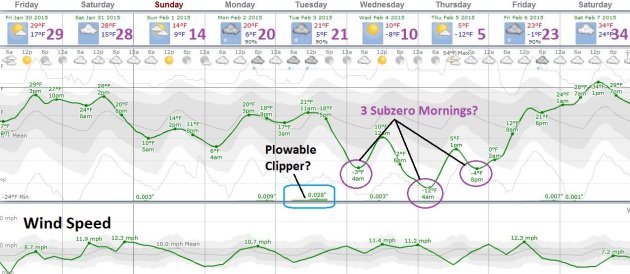


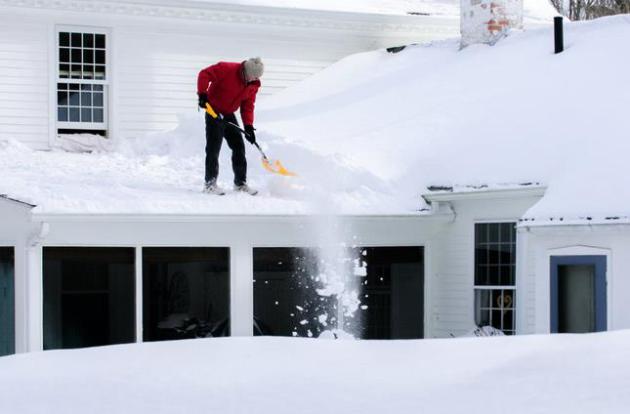
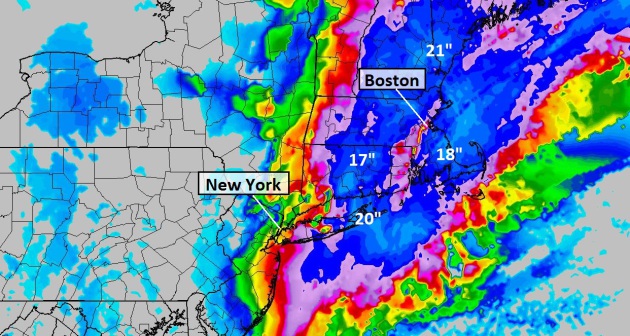
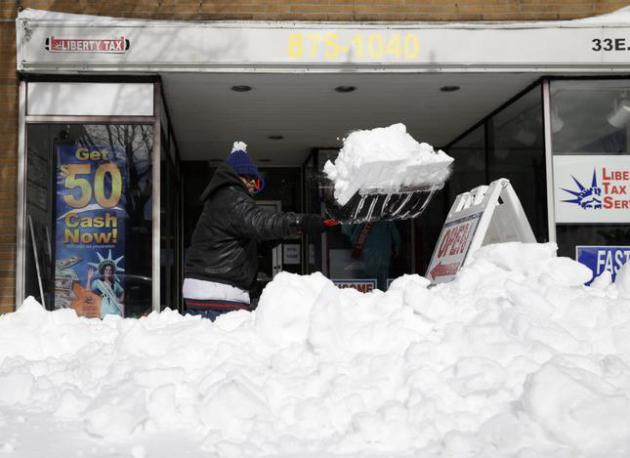
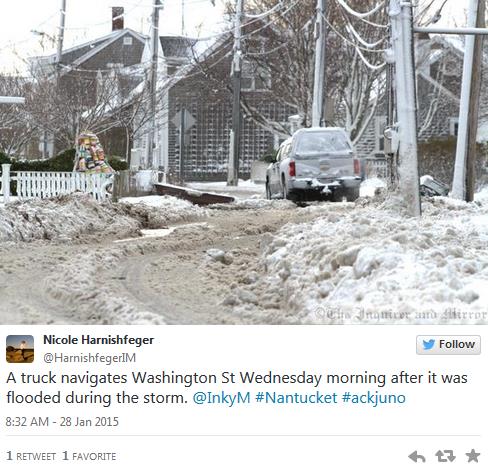

.jpg)
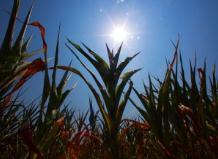

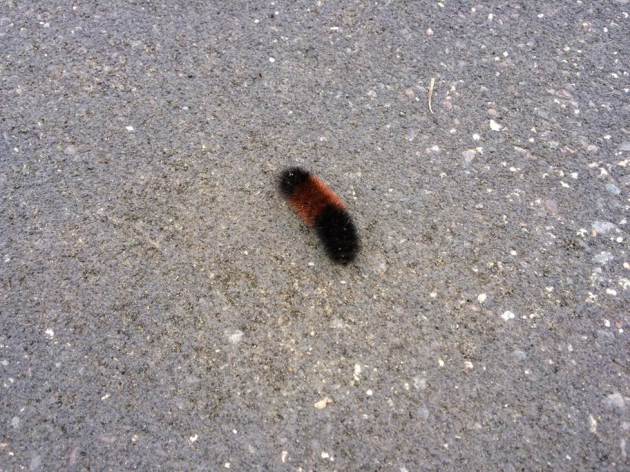
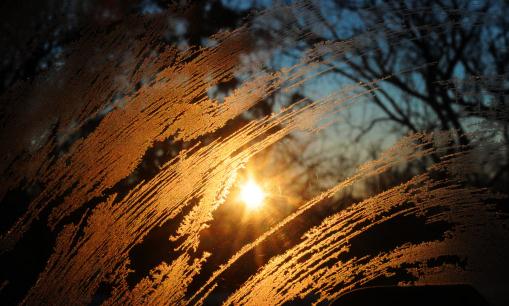
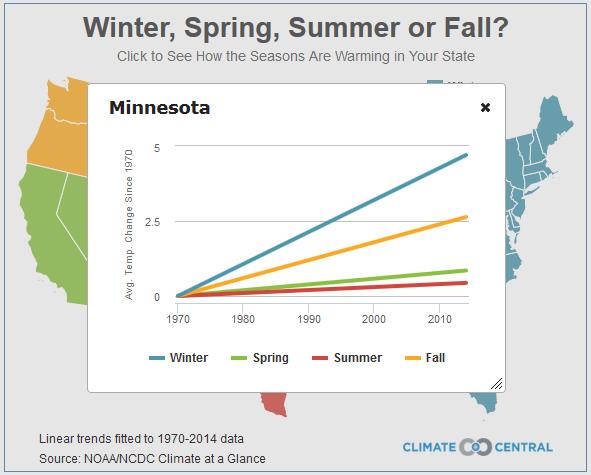
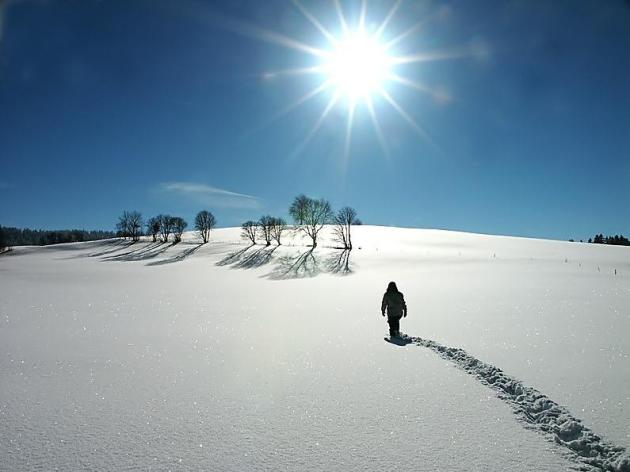
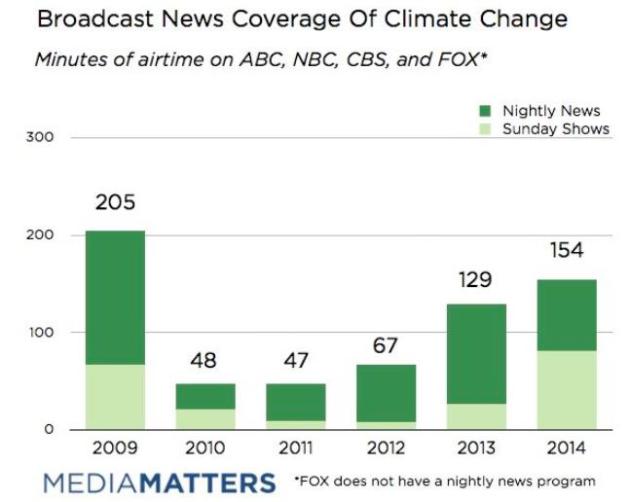

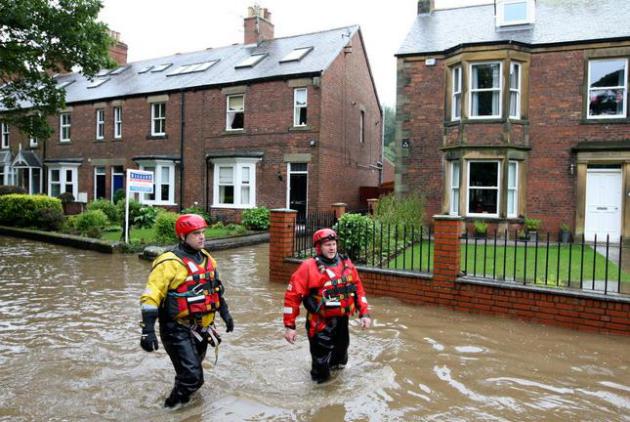
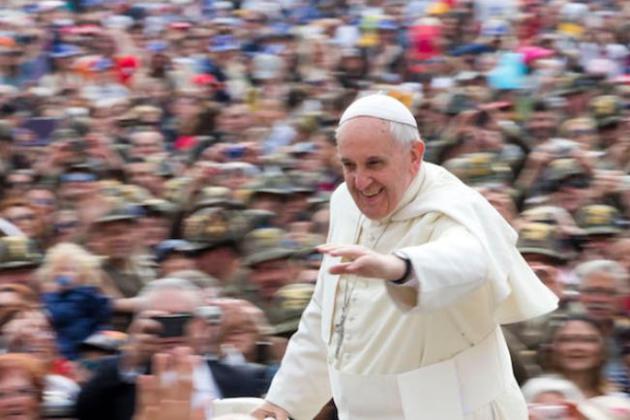


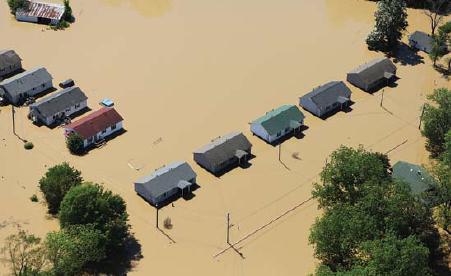

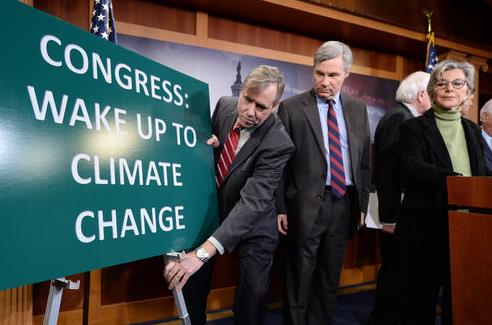
No comments:
Post a Comment